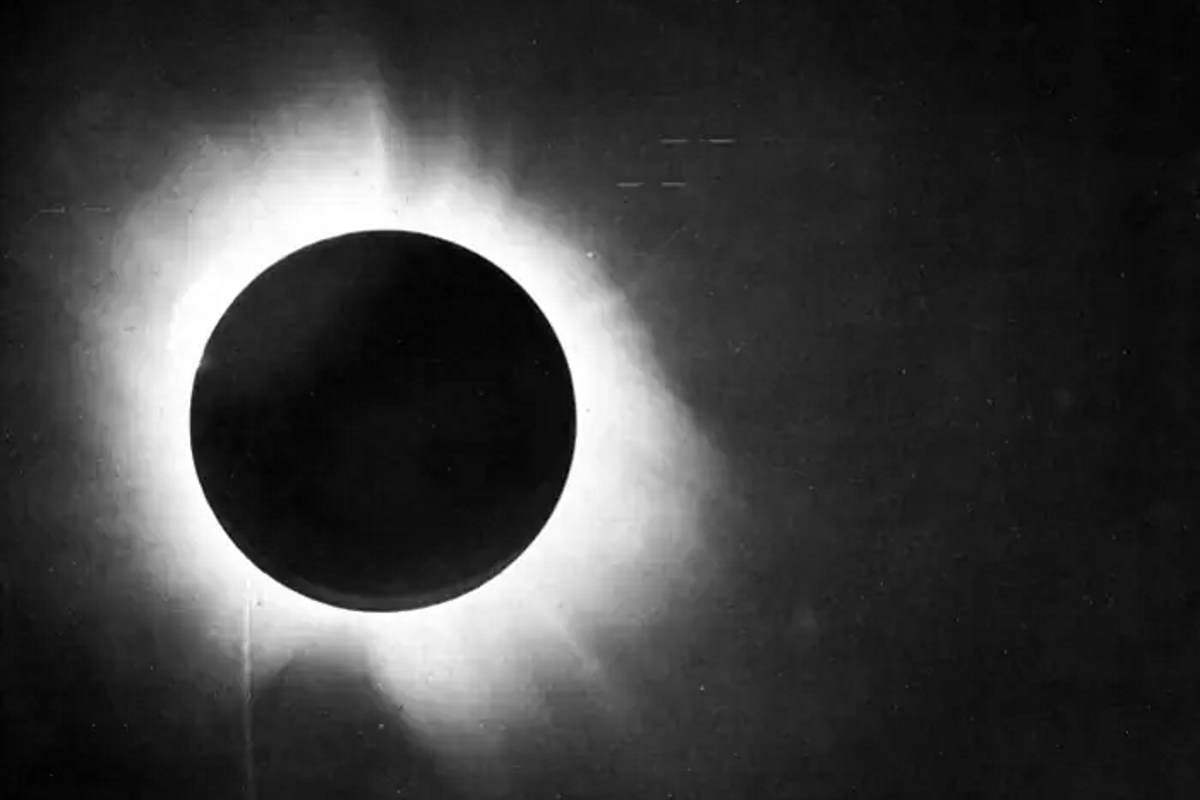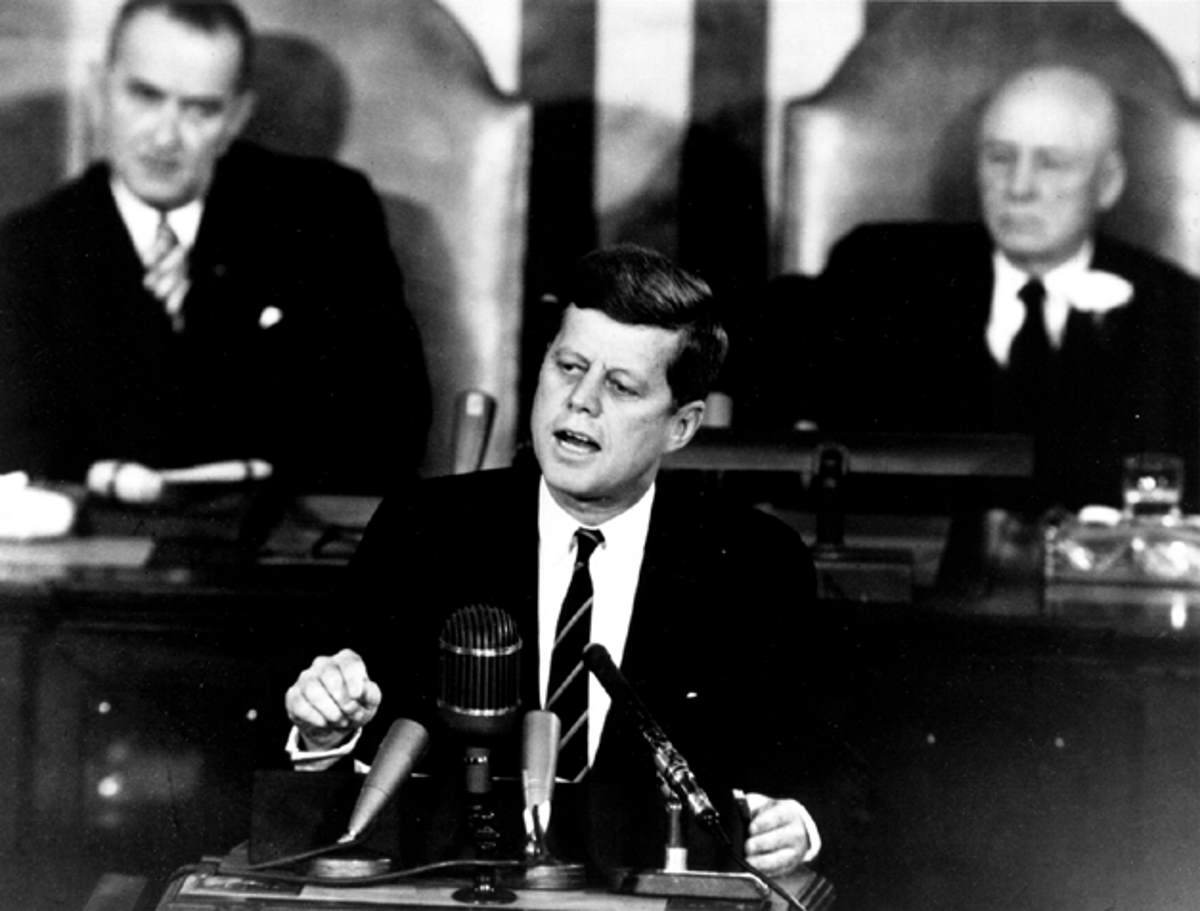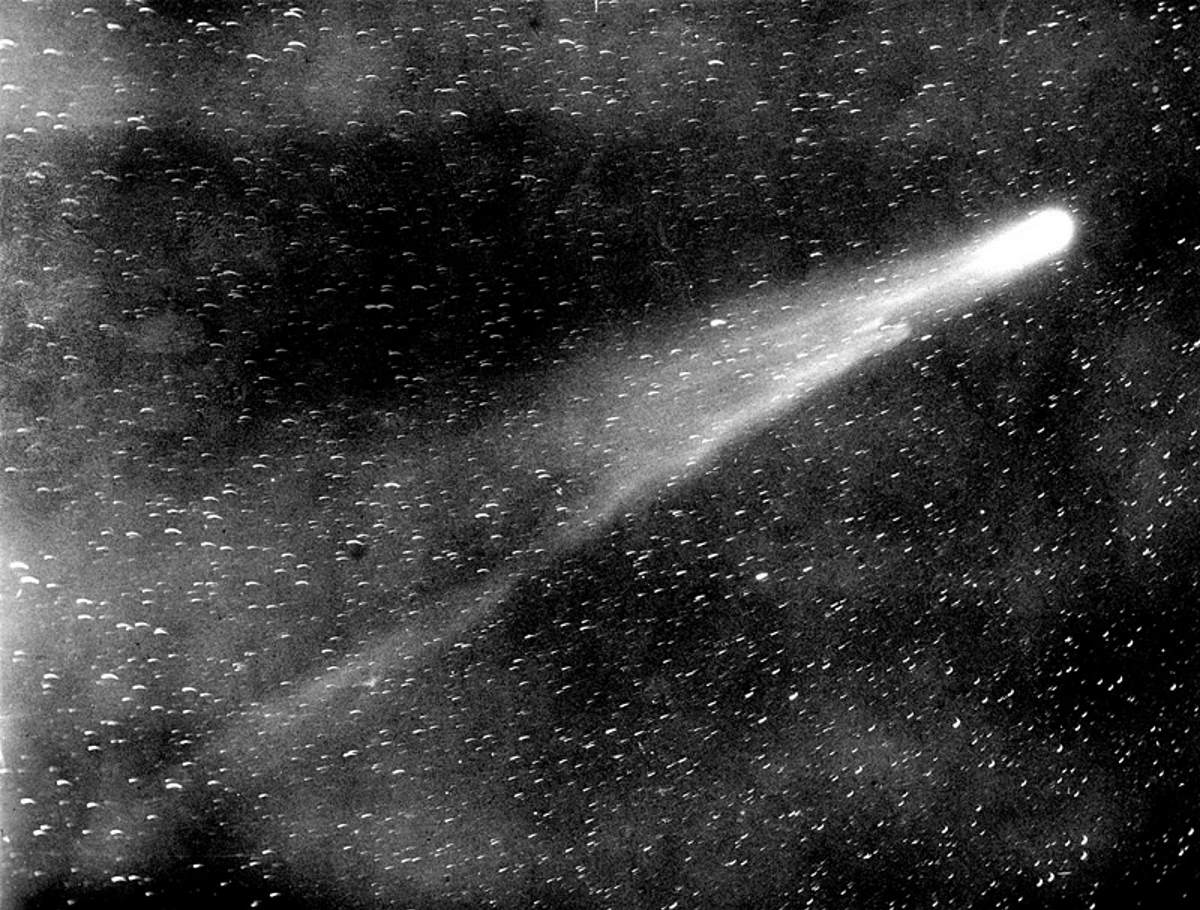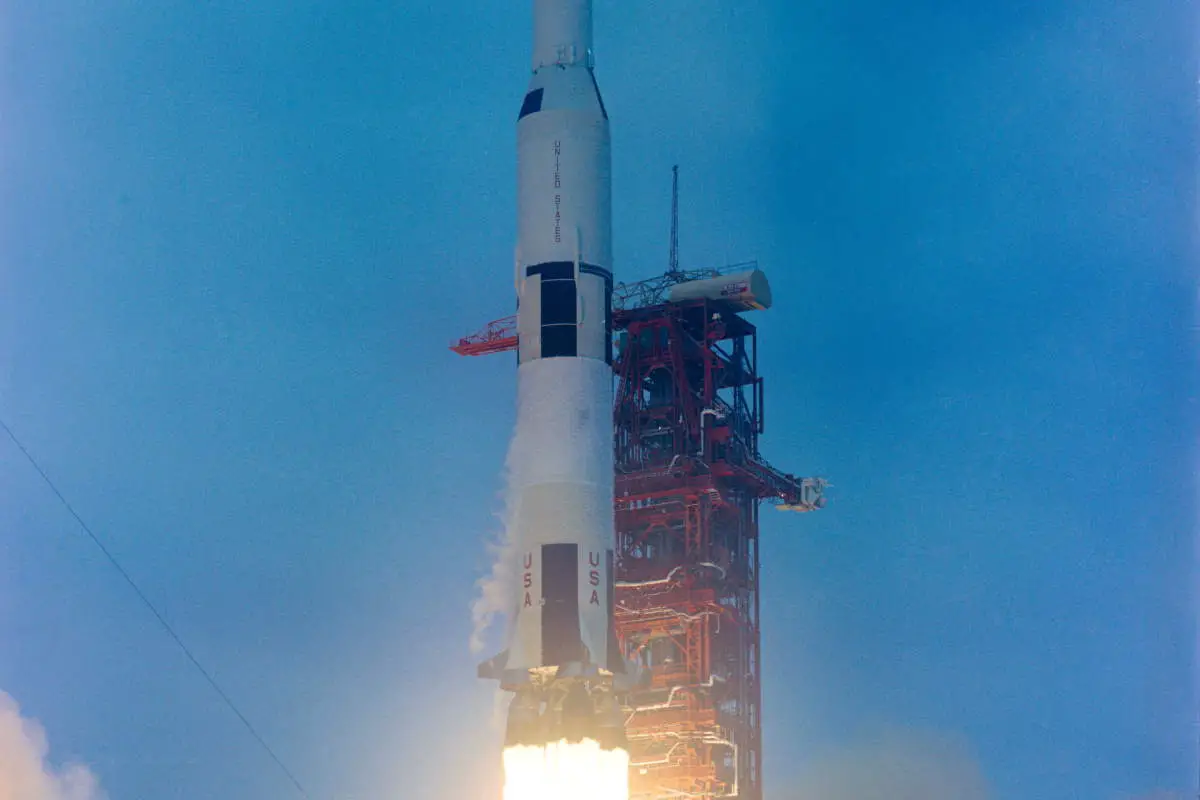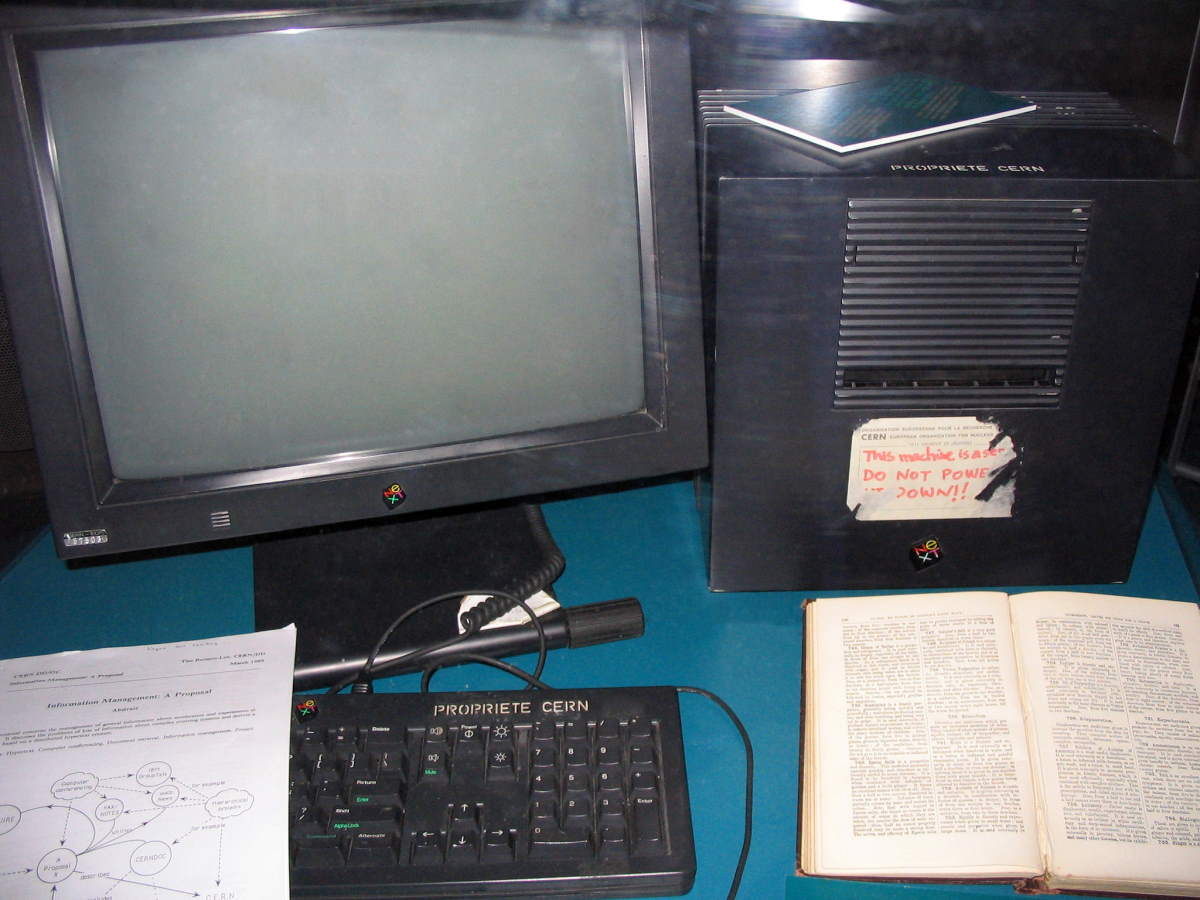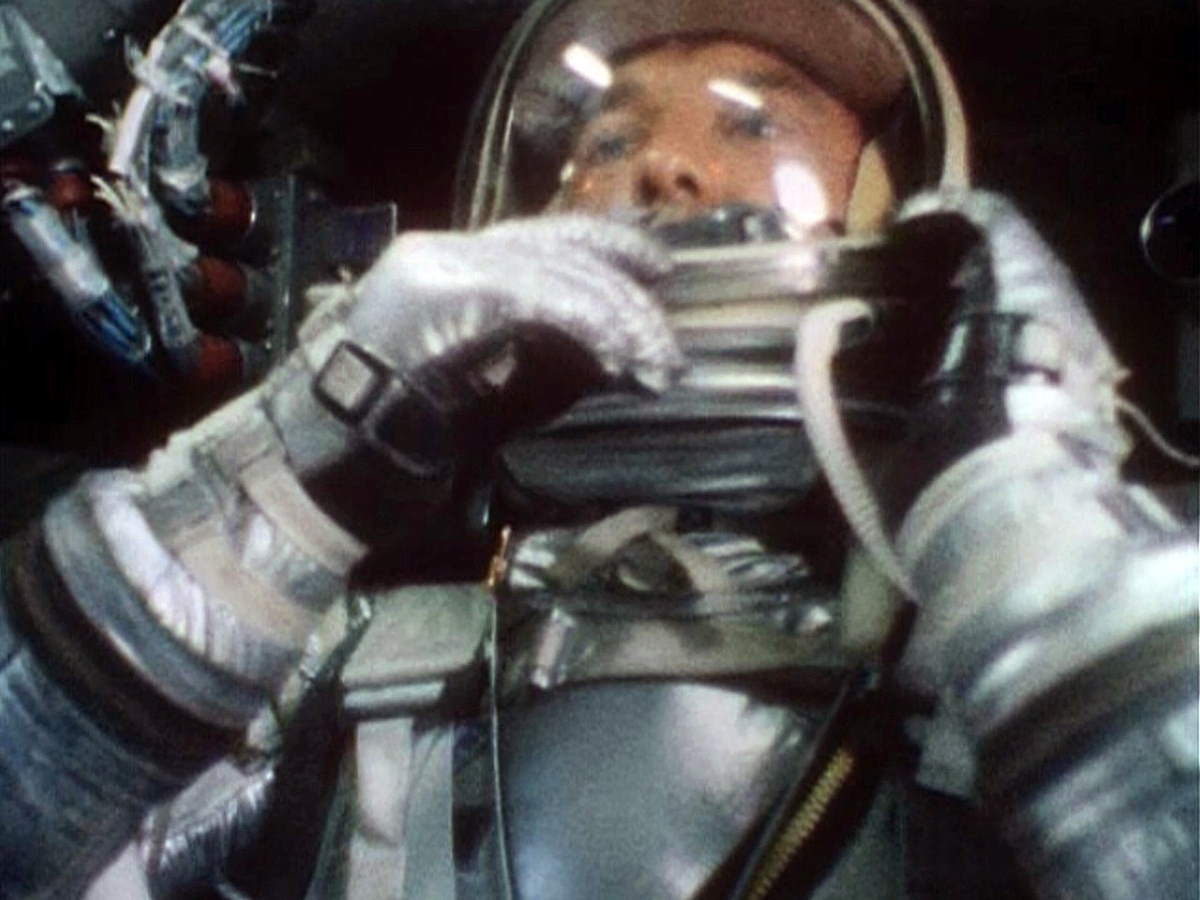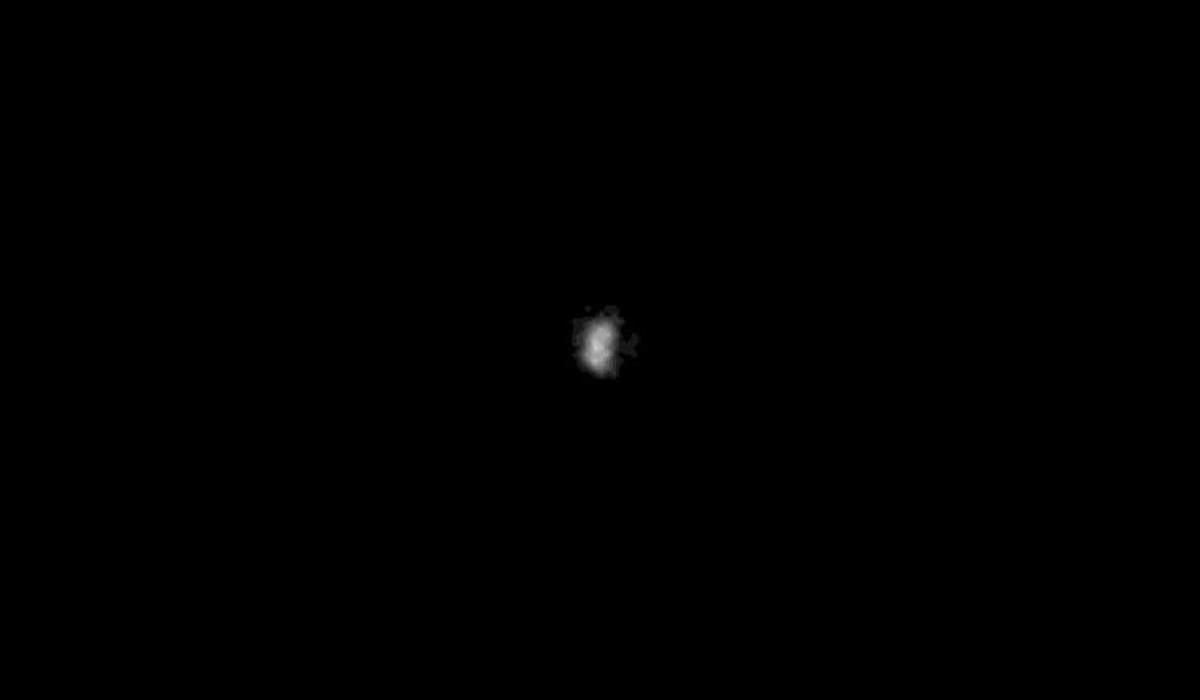On May 29, 1919, Einstein’s General Theory of Relativity, which was just four-year-old at the time, was put to its first test during a total solar eclipse. Albert Einstein’s prediction of the bending of light by the gravity of the Sun, one of the components of his general theory of relativity, could be tested by measuring how the images of stars shift when the sun is close-by.
